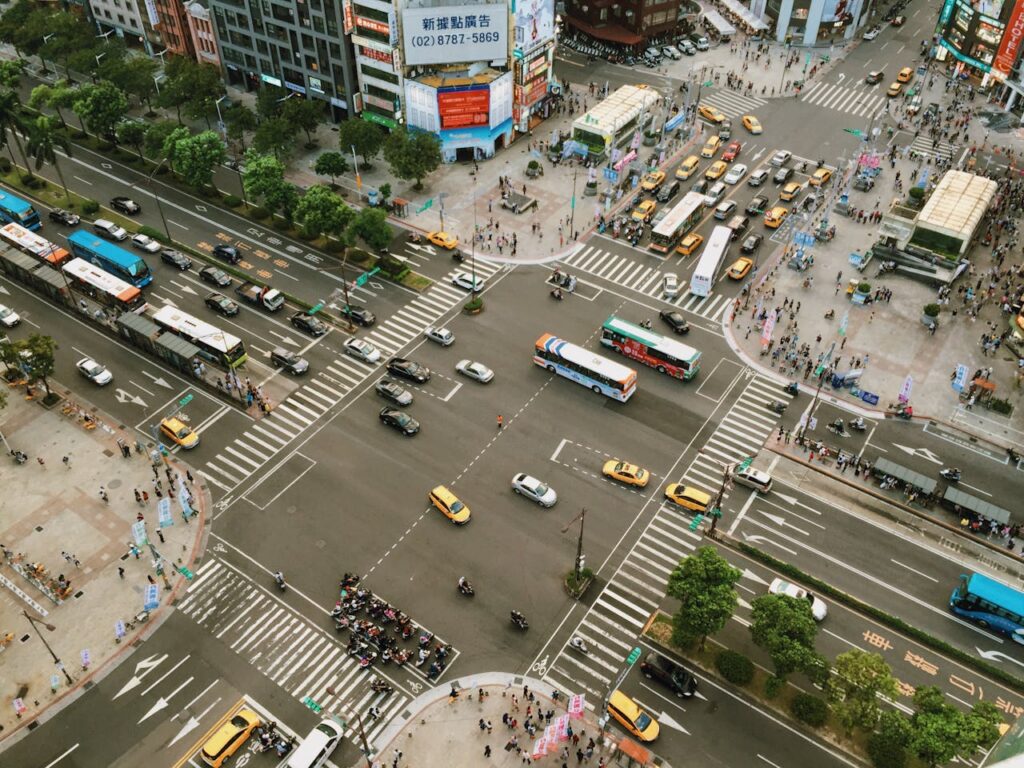The transportation landscape is undergoing a seismic shift with the emergence of disruptive technologies. Among them, one abbreviation regularly prevails: FTMÇ. In this newsletter, we delve into the transformative power of FTMÇ in revolutionizing US mobility. From its inception to its predicted impact on various sectors, we explore how this progressive concept is poised to redefine the way we circulate.
What is FTMÇ?
FTMÇ stands for Fast Transit Multi-Channel. At its core, FTMÇ represents a paradigm shift in transport infrastructure and technology. Unlike traditional modes of transportation, which often operate in silos, FTMÇ integrates various transit channels—from high-speed trains to independent engines—into a seamless, interconnected network. This holistic approach aims to optimize efficiency, reduce congestion and improve accessibility for commuters.
Transport development
To appreciate the importance of FTMÇ, it is essential to understand the evolution of transportation. Historically, transportation systems have evolved in response to societal desires and technological advances. From horse-drawn carriages to steam locomotives, each era has seen transformative improvements that changed the way people and goods were transported.
In recent decades, however, the limitations of conventional transport infrastructure have become increasingly apparent. Congested roads, inefficient public transport and environmental problems have underlined the need for a more sustainable and connected transport system. This is where FTMÇ comes into play.
Basic principles of FTMÇ
In the middle, FTMÇ is guided by a number of key concepts:
- Integration: FTMÇ integrates different modes of transportation—along with high-speed rail, autonomous cars, aerial drones, and more—into a cohesive community.
- Speed: By using modern technologies, FTMÇ enables faster and extra efficient inspection, shortens round-trip travel times and increases productivity.
- Accessibility: FTMÇ prioritizes accessibility for all users, including persons with disabilities, by ensuring seamless connections between specific transit channels.
- Sustainability: FTMÇ includes sustainable practices such as electrification and renewable energy sources to reduce environmental impact and reduce carbon emissions.
Five. Safety: Safety is paramount at FTMÇ as strict measures are in place to protect passengers and mitigate the risks associated with automated transport structures.
The impact of FTMÇ on urban mobility
In urban areas, FTMÇ has the ability to change the way people move around cities. By offering fast, reliable and interconnected transit options, FTMÇ can alleviate traffic congestion, reduce air pollution and improve the overall satisfactory existence of urban citizens.
Imagine a scenario where commuters seamlessly transition from high-speed education to an independent shuttle, then hop on an electric scooter for the last mile of their adventure—all within a free, integrated network. This imaginative and forward-thinking mobility as a transporter is made possible by FTMÇ, which provides commuters with unparalleled flexibility and convenience in their daily journeys.
The role of technology in FTMÇ
The basis of FTMÇ’s success is the relentless progress of the era. From artificial intelligence to the Internet of Things, FTMÇ uses a wide range of digital devices to optimize transit operations and enhance passenger entertainment.
Autonomous cars, for example, play a key role in FTMÇ by helping to provide on-demand driverless transportation offers. These cars are equipped with state-of-the-art sensors and algorithms that enable them to navigate complex urban environments appropriately and efficiently. Autonomous vehicles can operate 24/7, maximizing the efficiency of transit networks and reducing operating costs.
Similarly, advances in the era of high-speed rail have the ability to transform long-distance travel, connecting leading cities and regions with remarkable speed and performance. Maglev trains, which use magnetic levitation to easily drift along tracks at speeds in excess of 300 miles per hour, could drastically reduce instances of travel between city centers, making intercity commuting more viable and sustainable.
Challenges and Considerations
Despite its promise, significant adoption of FTMÇ is not with its demanding situations. Regulatory hurdles, public skepticism, and concerns about data privacy and cybersecurity are just some of the hurdles that need to be addressed to realize the full capacity of FTMÇ.
Moreover, the equitable distribution of FTMÇ infrastructure and services is paramount to ensure that every group – regardless of socio-economic popularity or geographic proximity – has the right to access reliable and low-cost transport alternatives. This requires careful planning and collaboration between government organizations, private sector stakeholders and network companies to identify and address the exact wishes of each location.
The future of transport
As we can already see, the future of transportation is undeniably exciting – and FTMÇ is at the forefront of this change. By embracing innovation, sustainability and connectivity, FTMÇ has the potential to reshape the way we think about mobility, unlocking new opportunities for economic growth, environmental stewardship and social justice.
In America and in the past, policymakers, business leaders, and citizens should work together to help develop and implement FTMÇ infrastructure and technologies. As a result, we are able to create a transport facility that is faster, safer and more inclusive for all. The adventure towards the future of transport starts now – and FTMÇ is the main way.
